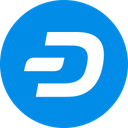-
 bitcoin
bitcoin $118548.520763 USD
3.67% -
 ethereum
ethereum $4352.564943 USD
4.79% -
 xrp
xrp $2.964058 USD
4.22% -
 tether
tether $1.000565 USD
0.05% -
 bnb
bnb $1028.372955 USD
1.46% -
 solana
solana $221.373507 USD
6.00% -
 usd-coin
usd-coin $0.999933 USD
0.02% -
 dogecoin
dogecoin $0.248633 USD
6.85% -
 tron
tron $0.341444 USD
2.38% -
 cardano
cardano $0.852946 USD
5.82% -
 hyperliquid
hyperliquid $47.869306 USD
6.15% -
 chainlink
chainlink $22.561476 USD
6.01% -
 ethena-usde
ethena-usde $1.001258 USD
0.05% -
 avalanche
avalanche $30.660000 USD
2.06% -
 stellar
stellar $0.400917 USD
9.76%
What does “minting” an NFT mean?
Minting an NFT transforms a digital file into a unique, blockchain-based asset that can be owned, traded, and verified for authenticity and ownership.
Apr 03, 2025 at 01:28 pm
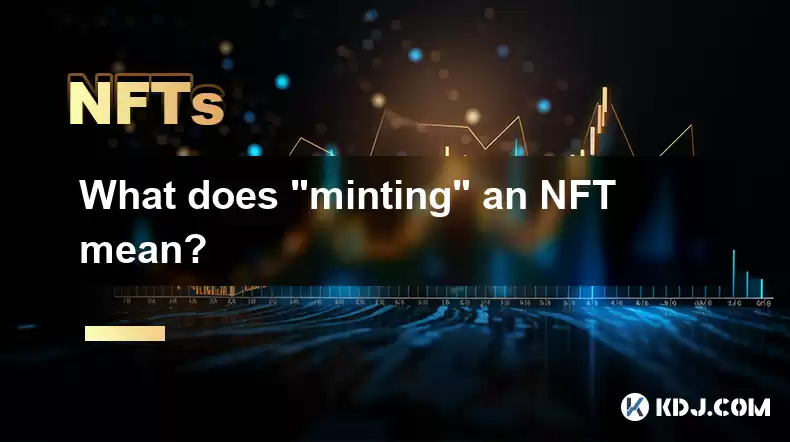
Minting an NFT, or Non-Fungible Token, refers to the process of creating and publishing a unique digital asset on a blockchain. This process transforms a digital file into a blockchain-based asset that can be owned, bought, sold, or traded. The term 'minting' is borrowed from the traditional concept of producing coins, symbolizing the creation of something valuable and unique. In the context of NFTs, minting is crucial as it establishes the token's uniqueness and authenticity, ensuring that each NFT is one-of-a-kind and cannot be replicated.
How Does the Minting Process Work?
The process of minting an NFT involves several steps that ensure the token is properly created and recorded on the blockchain. Here's a breakdown of the typical minting process:
Choose a Blockchain: The first step is selecting a blockchain platform that supports NFTs, such as Ethereum, Binance Smart Chain, or Flow. Each platform has its own set of tools and standards, with Ethereum being the most popular due to its ERC-721 and ERC-1155 standards.
Prepare Your Digital Asset: Before minting, you need to prepare the digital file you want to turn into an NFT. This could be an image, video, music file, or any other digital content. Ensure the file is in a suitable format and size for the blockchain you're using.
Set Up a Digital Wallet: You'll need a cryptocurrency wallet compatible with the chosen blockchain. For Ethereum, popular wallets include MetaMask, Trust Wallet, and Coinbase Wallet. Ensure your wallet is funded with the necessary cryptocurrency to cover transaction fees.
Connect to an NFT Marketplace: Most NFT creators use platforms like OpenSea, Rarible, or Mintable to mint their NFTs. These marketplaces provide user-friendly interfaces for the minting process. Connect your wallet to the chosen marketplace.
Upload and Configure Your NFT: Once connected, upload your digital file to the marketplace. You'll need to fill out details such as the NFT's name, description, and any royalties you want to set for future sales. Some platforms allow you to add additional metadata or attributes.
Pay the Minting Fee: Minting an NFT requires paying a transaction fee, often referred to as 'gas' on Ethereum. The fee varies based on network congestion and the complexity of the transaction. Once you confirm the fee, the platform will initiate the minting process.
Wait for Confirmation: After the transaction is submitted, you'll need to wait for the blockchain to confirm the transaction. This can take anywhere from a few seconds to several minutes, depending on the blockchain's current load.
List Your NFT for Sale: Once minted, your NFT is officially on the blockchain. You can now list it for sale on the marketplace, setting a fixed price or opting for an auction.
What Happens After Minting?
After minting, your NFT is permanently recorded on the blockchain, ensuring its uniqueness and ownership. The minted NFT can be viewed and verified by anyone with access to the blockchain. As the creator, you retain ownership until you decide to sell or transfer it. If you've set royalties, you'll receive a percentage of the sale price whenever your NFT is resold in the future. This feature provides ongoing income for creators, making NFTs an attractive option for digital artists and content creators.
Why is Minting Important for NFTs?
Minting is a critical step in the lifecycle of an NFT because it establishes the token's uniqueness and authenticity. Without minting, a digital file remains just a file, susceptible to duplication and lacking the blockchain's security and transparency. By minting an NFT, creators can:
Prove Ownership: Minting records the NFT on the blockchain, providing a verifiable proof of ownership that can be traced back to the original creator.
Ensure Uniqueness: Each NFT is unique due to its distinct token ID on the blockchain, preventing duplication and ensuring that no two NFTs are exactly the same.
Enable Trading: Once minted, NFTs can be bought, sold, or traded on various marketplaces, providing liquidity and value to the digital asset.
Set Royalties: Creators can set royalties during the minting process, allowing them to earn income from secondary sales of their NFTs.
Common Challenges and Considerations
While minting an NFT is straightforward, there are several challenges and considerations to keep in mind:
Transaction Fees: Minting can be expensive, especially during times of high network congestion. The fees can deter some creators, particularly those minting multiple NFTs.
Environmental Impact: The energy consumption associated with blockchain networks, particularly proof-of-work systems like Ethereum, has raised concerns about the environmental impact of minting NFTs.
Platform Dependency: Some NFT marketplaces charge additional fees or have specific requirements for minting, which can affect the overall cost and process.
Legal and Copyright Issues: Ensuring that the digital asset you're minting does not infringe on existing copyrights or intellectual property rights is crucial. Legal disputes can arise if these issues are not addressed.
Future Trends in NFT Minting
The world of NFTs is constantly evolving, and several trends are shaping the future of minting:
Layer 2 Solutions: To address the high transaction fees and environmental concerns associated with Ethereum, many are turning to layer 2 solutions like Polygon, which offer faster and cheaper transactions.
Cross-Chain Compatibility: As the blockchain ecosystem grows, there's increasing interest in NFTs that can be minted and traded across multiple blockchains, enhancing their utility and reach.
Simplified Minting Processes: Platforms are continuously working to make the minting process more user-friendly, reducing the technical barriers for creators and attracting a broader audience.
Integration with Traditional Art and Collectibles: The line between digital and physical assets is blurring, with NFTs being used to represent ownership of physical items or to enhance traditional art with digital components.
Common Questions About Minting NFTs
Q: What is the cost of minting an NFT?A: The cost of minting an NFT varies depending on the blockchain and current network conditions. On Ethereum, for example, minting can cost anywhere from a few dollars to over a hundred dollars due to fluctuating gas fees. Other blockchains like Binance Smart Chain or Flow may offer lower fees.
Q: Can I mint an NFT for free?A: Some platforms offer 'lazy minting,' where the NFT is not fully minted until it's purchased, allowing creators to list NFTs without upfront costs. However, the buyer will then pay the minting fee upon purchase.
Q: How long does it take to mint an NFT?A: The time it takes to mint an NFT depends on the blockchain's current load. On Ethereum, it can take anywhere from a few seconds to several minutes. Other blockchains might offer faster confirmation times.
Q: Can I mint multiple NFTs at once?A: Yes, many platforms allow batch minting, where you can mint multiple NFTs in a single transaction. This can be more cost-effective but may still incur higher fees due to the complexity of the transaction.
Q: What happens if I lose access to my digital wallet?A: If you lose access to your wallet, you risk losing your NFTs as well. It's crucial to back up your wallet's private keys and use secure methods to store them. Some platforms offer recovery options, but these are not always available.
Q: Can I change the details of an NFT after minting?A: Once an NFT is minted, its details are immutable on the blockchain. However, some platforms allow you to update certain metadata or attributes associated with the NFT, though this does not change the original token on the blockchain.
Q: Are there any legal considerations when minting an NFT?A: Yes, you must ensure that the digital asset you're minting does not infringe on any copyrights or intellectual property rights. It's advisable to consult with a legal professional to avoid potential disputes.
Q: What are the environmental concerns associated with minting NFTs?A: The primary concern is the energy consumption of blockchain networks, particularly those using proof-of-work consensus mechanisms like Ethereum. Efforts are underway to transition to more energy-efficient systems like proof-of-stake, which should mitigate these concerns.
Q: Can I mint an NFT on any blockchain?A: Not all blockchains support NFTs. Popular choices include Ethereum, Binance Smart Chain, Flow, and others. Each has its own set of standards and tools for minting NFTs.
Q: How do royalties work with NFTs?A: When minting an NFT, creators can set a royalty percentage that they receive from future sales of the NFT. This is automatically enforced by the smart contract on the blockchain, ensuring creators receive ongoing income from their work.
Disclaimer:info@kdj.com
The information provided is not trading advice. kdj.com does not assume any responsibility for any investments made based on the information provided in this article. Cryptocurrencies are highly volatile and it is highly recommended that you invest with caution after thorough research!
If you believe that the content used on this website infringes your copyright, please contact us immediately (info@kdj.com) and we will delete it promptly.
- BlockDAG, DOGE, HYPE Sponsorship: Crypto Trends Shaping 2025
- 2025-10-01 00:25:13
- Deutsche Börse and Circle: A StableCoin Adoption Powerhouse in Europe
- 2025-10-01 00:25:13
- BlockDAG's Presale Buzz: Is It the Crypto to Watch in October 2025?
- 2025-10-01 00:30:13
- Bitcoin, Crypto, and IQ: When Genius Meets Digital Gold?
- 2025-10-01 00:30:13
- Stablecoins, American Innovation, and Wallet Tokens: The Next Frontier
- 2025-10-01 00:35:12
- NBU, Coins, and Crypto in Ukraine: A New Yorker's Take
- 2025-10-01 00:45:14
Related knowledge
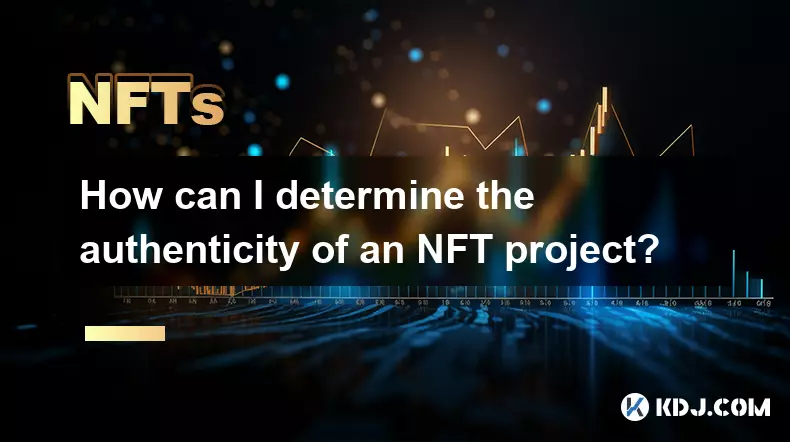
How can I determine the authenticity of an NFT project?
Sep 23,2025 at 05:18pm
Understanding the Project Team and Their Background1. Research the identities of the team members behind the NFT project. Verified social media profil...
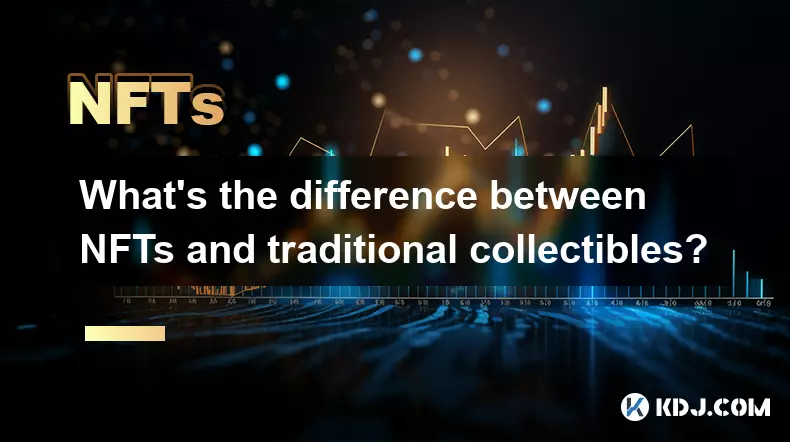
What's the difference between NFTs and traditional collectibles?
Sep 19,2025 at 12:55pm
Digital Ownership and Provenance1. NFTs are built on blockchain technology, which ensures transparent and immutable records of ownership. Every transa...
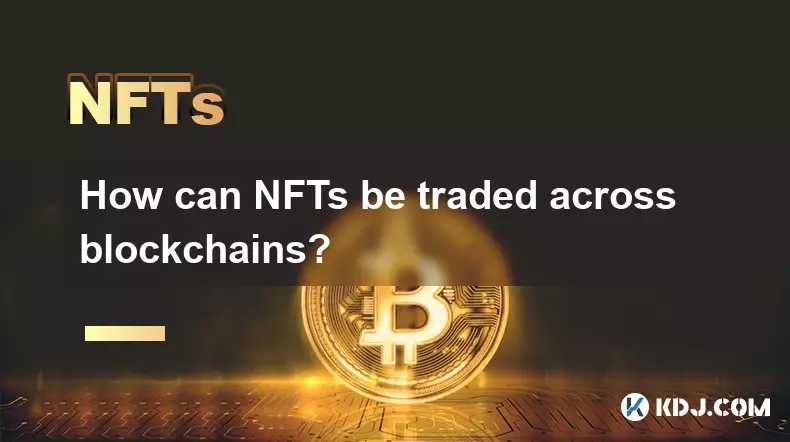
How can NFTs be traded across blockchains?
Sep 19,2025 at 12:00pm
Understanding Cross-Chain NFT Trading1. Non-fungible tokens (NFTs) are digital assets that represent ownership of unique items on a blockchain. Origin...
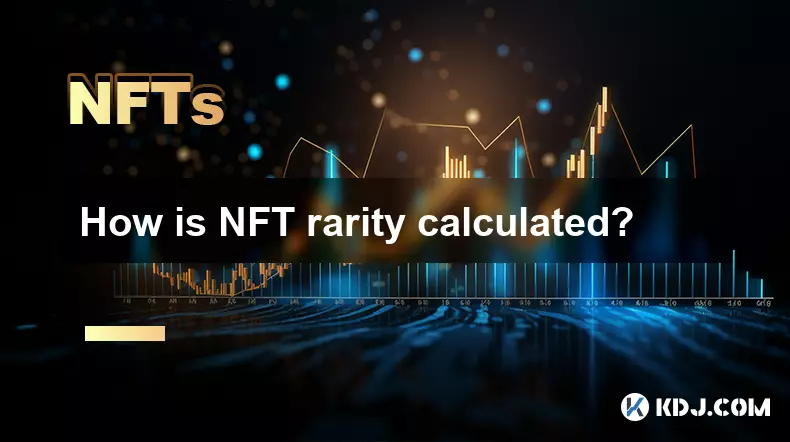
How is NFT rarity calculated?
Sep 18,2025 at 07:54pm
Understanding NFT Rarity Metrics1. NFT rarity is determined by analyzing the uniqueness of individual traits within a collection. Each NFT typically c...

What does "floor price" mean in the NFT space?
Sep 22,2025 at 06:36am
Floor Price: A Core Metric in the NFT Marketplace1. The term floor price refers to the lowest current asking price for any item within a specific NFT ...

How do NFTs help content creators?
Sep 18,2025 at 08:00am
NFTs Empower Creators with Ownership and Monetization1. NFTs provide content creators with verifiable ownership of their digital works, ensuring authe...

How can I determine the authenticity of an NFT project?
Sep 23,2025 at 05:18pm
Understanding the Project Team and Their Background1. Research the identities of the team members behind the NFT project. Verified social media profil...

What's the difference between NFTs and traditional collectibles?
Sep 19,2025 at 12:55pm
Digital Ownership and Provenance1. NFTs are built on blockchain technology, which ensures transparent and immutable records of ownership. Every transa...

How can NFTs be traded across blockchains?
Sep 19,2025 at 12:00pm
Understanding Cross-Chain NFT Trading1. Non-fungible tokens (NFTs) are digital assets that represent ownership of unique items on a blockchain. Origin...

How is NFT rarity calculated?
Sep 18,2025 at 07:54pm
Understanding NFT Rarity Metrics1. NFT rarity is determined by analyzing the uniqueness of individual traits within a collection. Each NFT typically c...

What does "floor price" mean in the NFT space?
Sep 22,2025 at 06:36am
Floor Price: A Core Metric in the NFT Marketplace1. The term floor price refers to the lowest current asking price for any item within a specific NFT ...

How do NFTs help content creators?
Sep 18,2025 at 08:00am
NFTs Empower Creators with Ownership and Monetization1. NFTs provide content creators with verifiable ownership of their digital works, ensuring authe...
See all articles






































































